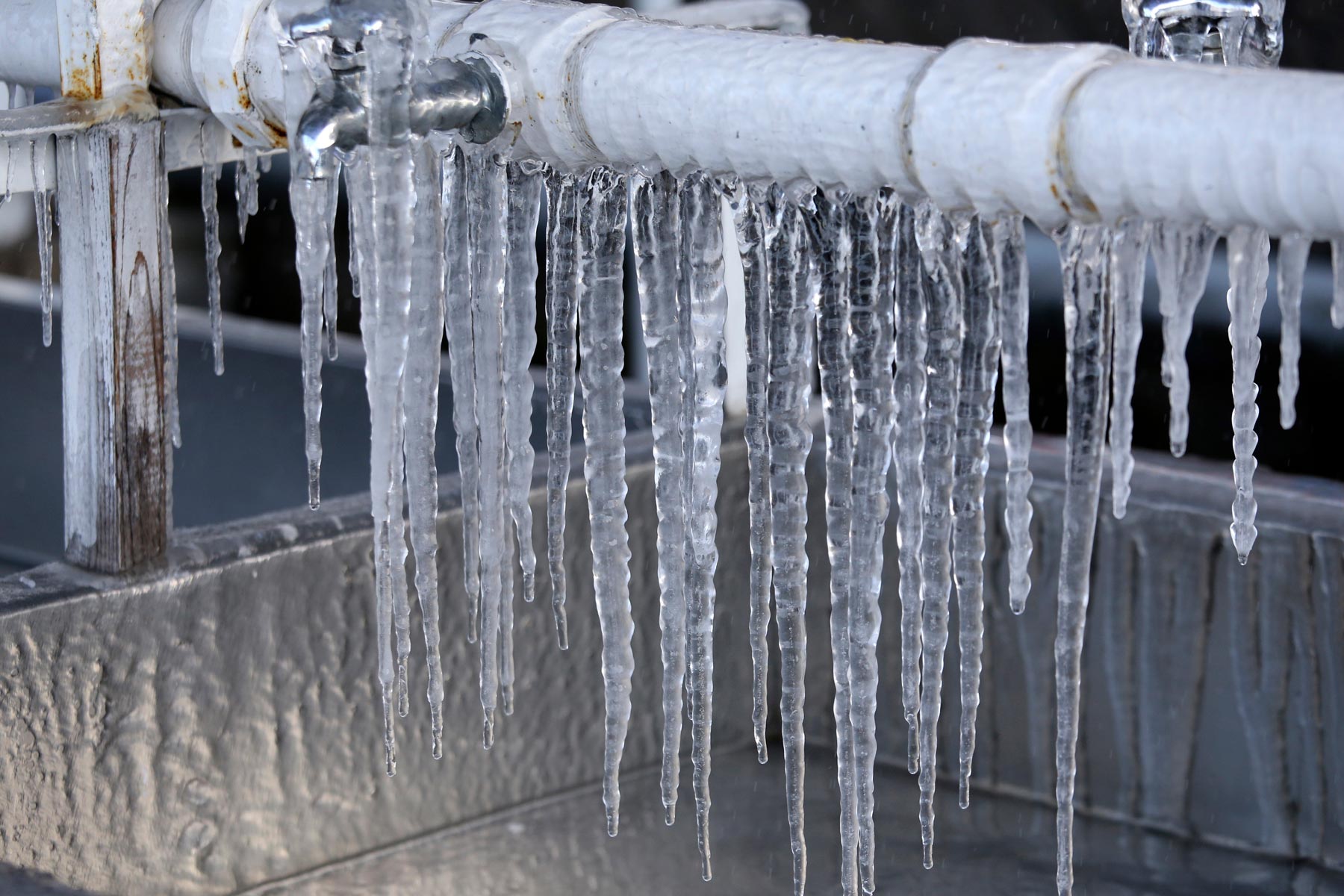Ways to Defend Your Pipes from Freezing: Professional Tips
Ways to Defend Your Pipes from Freezing: Professional Tips
Blog Article
They are making a number of great annotation relating to How to Prevent Your Pipes From Freezing as a whole in this post below.

Winter can damage your plumbing, particularly by freezing pipelines. Right here's exactly how to prevent it from taking place and what to do if it does.
Introduction
As temperatures decrease, the danger of frozen pipes boosts, potentially bring about expensive fixings and water damage. Understanding how to prevent icy pipes is vital for house owners in chilly climates.
Avoidance Tips
Insulating at risk pipes
Wrap pipes in insulation sleeves or make use of warm tape to shield them from freezing temperatures. Focus on pipes in unheated or external locations of the home.
Home heating methods
Maintain interior areas appropriately heated up, specifically areas with plumbing. Open closet doors to permit warm air to flow around pipelines under sinks.
How to identify frozen pipes
Seek lowered water flow from faucets, unusual odors or sounds from pipelines, and noticeable frost on revealed pipelines.
Long-Term Solutions
Architectural changes
Take into consideration rerouting pipelines far from exterior walls or unheated areas. Add extra insulation to attics, cellars, and crawl spaces.
Updating insulation
Purchase top notch insulation for pipelines, attic rooms, and walls. Proper insulation helps maintain regular temperatures and reduces the threat of frozen pipes.
Shielding Outside Plumbing
Garden tubes and outdoor faucets
Disconnect and drain pipes garden hoses prior to winter months. Mount frost-proof faucets or cover outside taps with protected caps.
Understanding Icy Pipes
What creates pipes to ice up?
Pipelines freeze when subjected to temperature levels below 32 ° F (0 ° C) for prolonged durations. As water inside the pipelines freezes, it increases, taxing the pipe walls and possibly creating them to break.
Dangers and problems
Icy pipelines can lead to water system disruptions, building damages, and pricey repairs. Ruptured pipelines can flood homes and trigger comprehensive structural damages.
Indicators of Frozen Piping
Recognizing icy pipelines early can avoid them from breaking.
What to Do If Your Pipes Freeze
Immediate actions to take
If you suspect icy pipelines, keep faucets available to ease pressure as the ice thaws. Make use of a hairdryer or towels soaked in warm water to thaw pipes gradually.
Final thought
Preventing icy pipelines requires aggressive steps and fast actions. By understanding the causes, indicators, and preventive measures, house owners can protect their pipes throughout winter.
6 Proven Ways to Prevent Frozen Pipes and Protect Your Home
Disconnect and Drain Garden Hoses
Before winter arrives, start by disconnecting your garden hoses and draining any remaining water. Close the shut-off valves that supply outdoor hose bibs and leave the outdoor faucet open to allow any residual water to drain. For extra protection, consider using faucet covers throughout the colder months. It’s also important to drain water from any sprinkler supply lines following the manufacturer’s directions.
Insulate Exposed Pipes
Insulating your pipes is an effective way to prevent freezing. Pipe insulation is readily available at home improvement stores and is relatively inexpensive. Pay close attention to pipes in unheated areas such as the attic, basement, crawl spaces, or garage. Apply foam insulation generously to create a buffer against the cold. You can also wrap your pipes in heat tape or thermostat-controlled heat cables for added warmth.
Seal Air Leaks
Inspect your home for any cracks or openings that could let in cold air. Seal any holes around the piping in interior or exterior walls, as well as the sill plates where your home rests on its foundation. Additionally, make sure to keep your garage door closed unless you’re entering or exiting. Leaving it open creates a significant air leak that can lead to frozen pipes.
Allow Warm Air Circulation
During cold snaps, it’s essential to allow warm air to circulate evenly throughout your home. Leave interior doors ajar to promote better airflow. Open kitchen and bathroom cabinets to help distribute heat consistently around the rooms. If you have small children or pets, be sure to remove any household chemicals or potentially harmful cleaners from open cabinets for safety.
Let Faucets Drip
A small trickle of water can make a big difference in preventing ice formation inside your pipes. When temperatures drop significantly, start a drip of water from all faucets served by exposed pipes. This continuous flow helps prevent the water from freezing. Additionally, running a few faucets slightly can relieve pressure inside the pipes, reducing the chances of a rupture if the water inside does freeze.
https://choateshvac.com/6-proven-ways-to-prevent-frozen-pipes-and-protect-your-home/

We hope you enjoyed our post about Preventing and dealing with frozen pipes. Thanks so much for finding the time to read our posting. Feel free to take a moment to distribute this post if you enjoyed reading it. Kudos for your time. Revisit us soon.
Book-Now Report this page